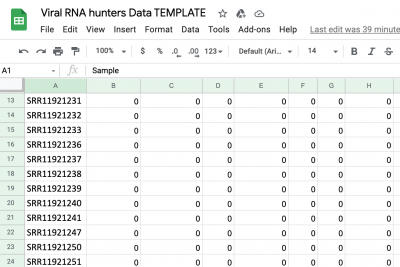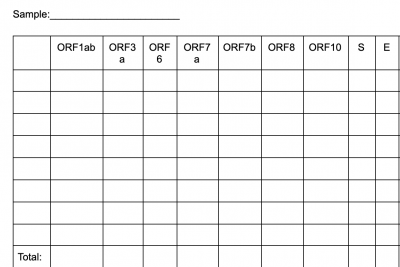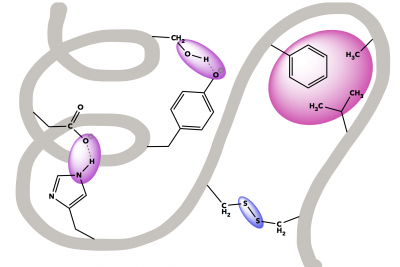Explore Viruses
Take a closer look at some resources for you to explore viruses in deeper, more open-ended ways
Give these a try...
Microscopic magic rock or miniscule warrior?
Close your eyes and picture something alive. Perhaps you’re envisioning a person or a pet dog? Now, picture something that is not alive. Maybe, this time you’re thinking of a rock or a lightbulb.
Seems obvious which of your conjured images are alive and which are not alive, right?
Can you describe what makes something alive?
Will those characteristics of being alive still apply to a barnacle, a flower, or the E.coli that gives you food poisoning?
It turns out that describing the characteristics of living things requires us to dig a bit deeper than behaviors and features of an organism. As scientists we need to really think about the processes that all living things can do. However, even once we’ve done that, we can still run into trouble. This is because even scientists don’t all agree on what behaviors making something alive.
Are viruses alive?
Review some fundamental characteristics of living things. Challenge yourself to apply them to viruses (or not!). Then, think about why it even matters to classify a virus as a living thing or an inanimate object.
What makes something alive? What must it be able to do? Write down a list of the most essential elements. Check your list by seeing if it works to describe a wide variety of living things and excludes a wide variety of non-living things.
Describe viruses based on your set of criteria. Does this suggest they are alive or not?
What about a parasite? Or an obligate symbiote (an animal that MUST live in connection with another)?
Now let’s learn a bit more about viruses…
Relatively recently, scientists were surprised to discover viruses so large they are the same size as some bacteria. Might this large size give them the features of other living things? Read this article about giant viruses and see what you think!
Scientists are also puzzled by viruses that infect other viruses. Can a nonliving thing invade another nonliving thing or should we reframe what we think of as being alive? Read more about virophage and make up your own mind.
Did anything in the articles change your mind? Do you want to modify your list of what makes something alive or adjust your understanding of viruses in some way?
Viral RNA Hunters
Viral Hunters Overview
In this activity, we’ll hunt down viral RNAs in samples of lung tissue from COVID-19 patients and figure out which genes in the SARS-CoV-2 genome they came from. Then we’ll make graphs of the data and add in information about the patients to see if there are relationships between clinical features of the patients and the viral RNAs that were found. Your materials and the tools in our toolbox are all digital for this activity.
Here are the files & web-based tools required for hunting viral RNA:.
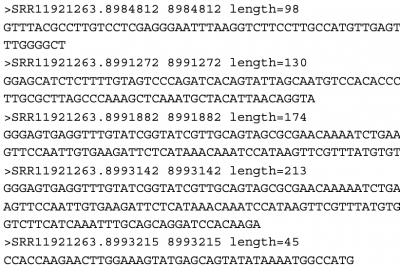
RNA Sequence Files
We have isolated the SARS-CoV-2 RNAs found in patient lung tissue. View this file here.

UCSC Genome Browser
The University of California Santa Cruz (UCSC) Genomics Institute has a terrific web-based tool to explore genomes, called the Genome Browser.
Rank-A-Virus Activity
Imagine the Olympics are soon-approaching, and it suddenly becomes clear that there is a new viral outbreak…
How likely would you be to cancel the Olympics for each of the viruses described?
Discuss the situation as a group and place your stickers on the chart paper. Responses will range from least severe (NO WORRY/NBD) at the bottom of the chart to most severe (CANCEL NOW) at the top of the chart.
Virus Ranking Supply Kit

Virus Info Cards
Print on 5×7 cardstock for durability or simply print the PDF with 2 pages/sheet of paper and cut in half. Each group should have one card for each virus.
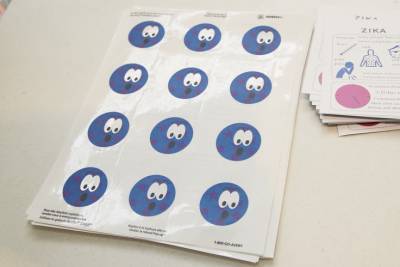
Virus Stickers
We printed these on clear stickers similar to this, but any sticker, label, or even magnet could work. These could also be printed on paper and moved up or down on a meter stick with a butterfly clip, or moved up and down a strip of paper with a paperclip.

Large paper or similar for arranging the rankings
We used a large sheet from a roll of paper or a sheet of poster paper, but as mentioned above any surface that allows for students to arrange the viruses in an order will work.

